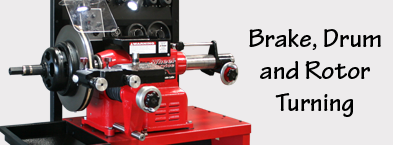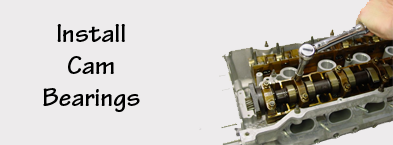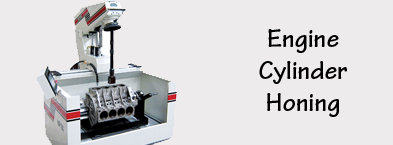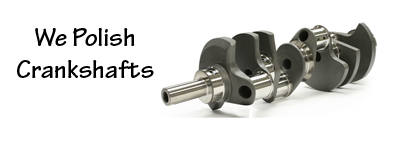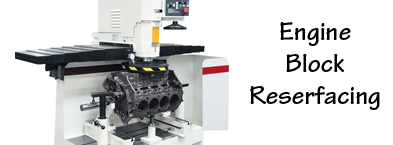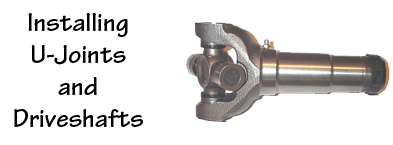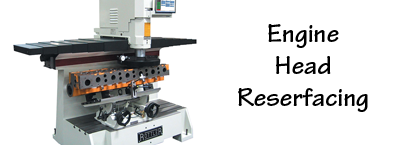

A common service that most automotive machine shops offer is crankshaft polishing. This is a necessary step to prepare the crankshaft for the assembly of an engine. While there is some confusion about what can be expected from the polishing process, we will dispel the myths in this post and discuss why the polishing process is important.
First, many novice engine builders believe if their crankshaft is gouged that all it needs is to be polished. In most cases this line of thinking is wrong. Gouges, caused by material that may have been embedded in engine bearings, can damage a journal. Polishing can’t take these defects out of journals; at least with any degree of accuracy. If there are a lot of deep gouges, lines or other marks in a journal, chances are grinding the crankshaft first is the best course of action.
Generally speaking, crankshaft polishing is the last step in the crankshaft repair process. Normally the crankshaft has been ground first, and the polishing process is used to take off the microscopic peaks that the grinding wheel leaves behind on the finished journals. Many automotive machinists also choose to chamfer the oil holes just before polishing the crankshaft, which aids in removing burrs and helps the engine oil leave the oil passages when the engine is running.
Regardless, polishing removes the peaks on journals and seal surface areas so that a smooth microfinish is created. This helps to reduce bearing and seal wear so that rebuilt engines will last for many miles under normal operating conditions.
